"In the dizzying world of movie making, we must not be distracted from one fundamental concept: the idea is king. - Jeffrey Katzenberg former Disney chair
This week:
Why is Creative Confidence Waning? Maybe because we’ve lost or Conviction
Amid advertising award season, accolades and ‘we couldn’t do it without each other’ praise on Linkedin (even as the same companies lay many off), comes a damning report card on the industry:
At a time when we’re celebrating the best of what the industry can do
Creative Confidence is Waning
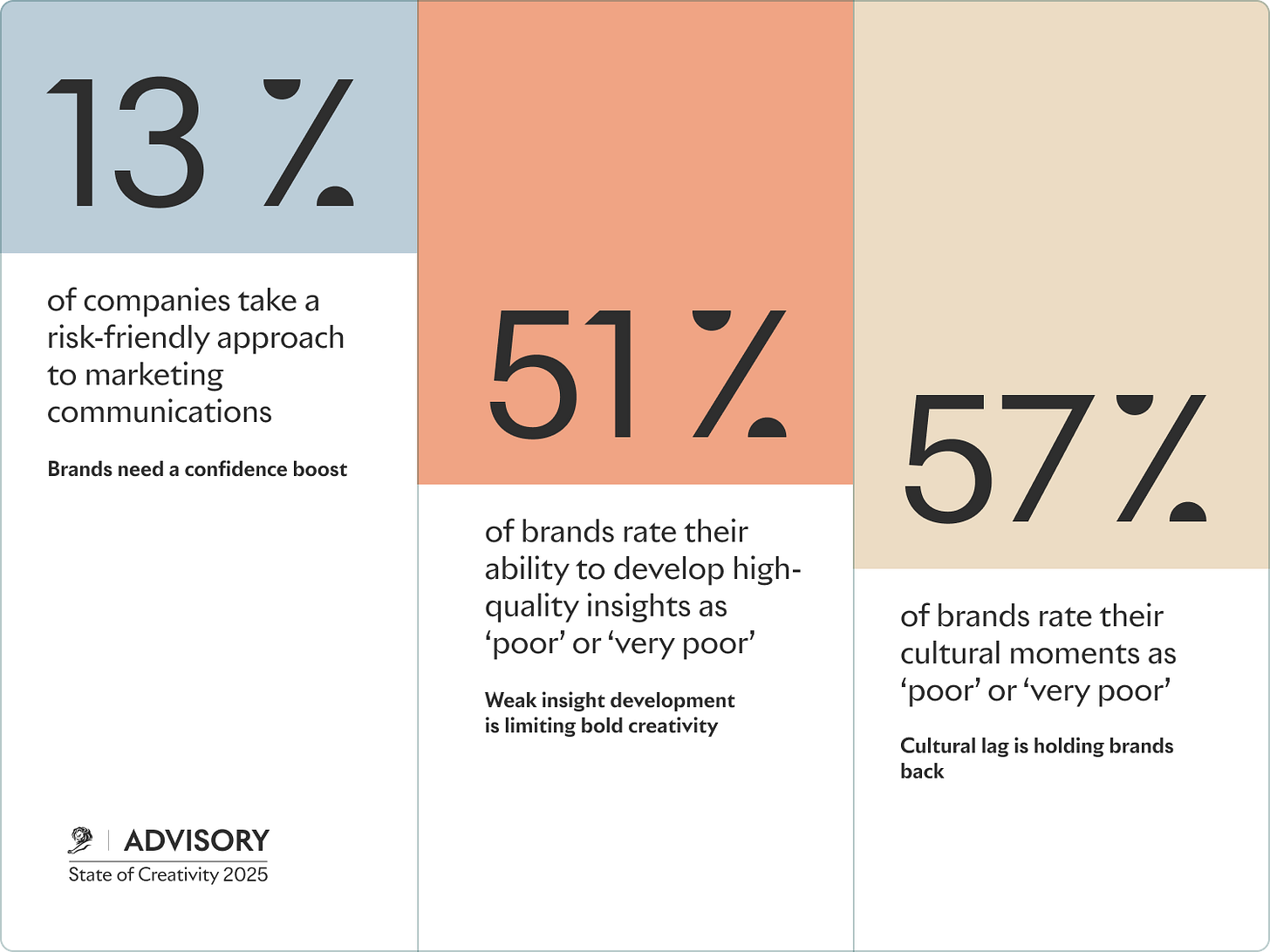
This comes from Cannes Lions Advisory’s 5th annual State of Creativity Report. Based on responses from more than 1,000 marketers and creatives worldwide, the report finds:
Companies don’t feel confident in taking risks.
Don’t feel like they have quality insights or knowledge.
Don’t feel like they can move quickly and confidently with culture.
A lack of HIGH QUALITY INSIGHTS, it would seem, is the lynchpin for this, as Cannes recommends upskilling staff to learn how to gather more research, more insights.
You Treasure What You Measure
More insights? As it is, most organizations can’t wipe their own bum without having a stat first to put behind it.
The endless arguments over what makes an insight aren’t helping, and we are awash in big data and measurement tracking. Which simply adds more cooks to the kitchen.
Leading us to prioritize the hard signals of what can be tracked and optimized over the soft signals that happen outside of our digital snooping.
I argue we are not in an Insight Famine.
We are in a Brand Conviction Famine.
The fact that we know more than we’ve known before, yet still don’t feel set up to make ‘brave’ work says the issue isn’t the information. It’s a lack of foundation.
The lack of a solid base from which to jump. A lack of shared CONVICTION.
The reasons WHY behind this range from short-termism both in leadership (avg CMO tenure is ~4 yrs) and planning and execution (~70% of marketing spend is dedicated to short-term performance). Paired with a scarcity and constant need to justify marketing spend. All while specialization has divided up most organizations, leading to smaller and smaller fiefdoms tied to their own KPIs as measure of job performance.
And no shared vision for where we are going and how we are going to get there.
"If you want to go fast, go alone. If you want to go far, go together" - African proverb
Brave work requires a backbone, both in the metaphorical sense but also in the literal… you need the foundation that holds it all together.
That’s the BRAND CONVICTION.
Ex:
Airbnb - Belong Anywhere
NIKE - if you have a body, you’re an athlete
Apple Iphone - Your life in your pocket
Lego - Learning through (open-ended) play
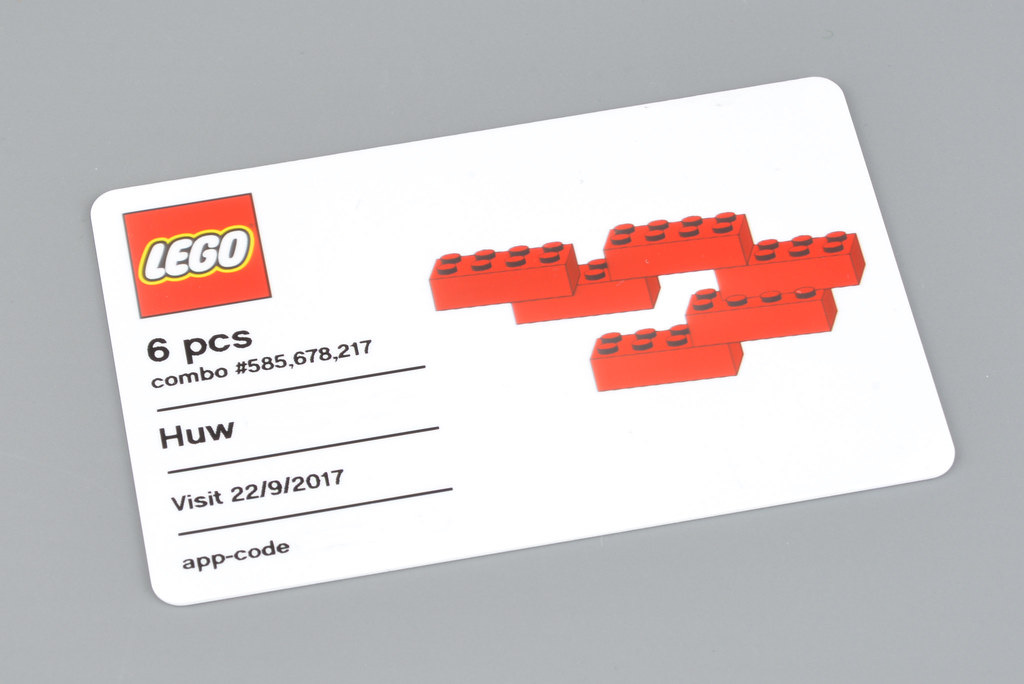
These are defining ideas for each of these companies/brands. Impacting product, marketing, and operations.
Which is because-
Big IDEAs beget Other Ideas
When everyone understands the brand’s Big IDEA, that acts as the brief. And now, anything may be viewed through this as an opportunity for innovation and ideas.
Big IDEAS also serve as a filter for other ideas. You can find better focus because you’re oriented around a shorter selection set rather than sifting through endless data and trends, which may/may not have any relevance to you.
Acting as a true north star to keep you on track, while allowing for the flexibility to navigate your way there.
Big IDEAS lead to Brave Ideas
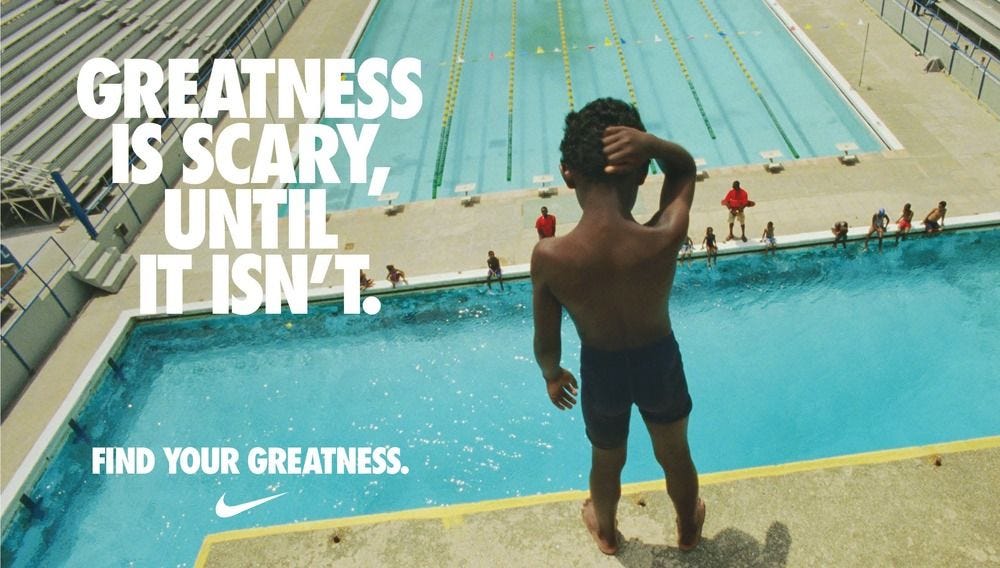
You can take bigger swings because even in ‘failure’, you are communicating the BIG IDEA behind a core belief of the brand.
You can be quick and nimble because you don’t need to wait for a briefing process. The BIG IDEA is the brief, you simply must pay attention to what is happening out in the world to put it into the context of what people care about.
You do not need more complexity, more layers, more processes to bog things down. You simply need to answer:
Why does this matter to the brand (ie how is it service to the BIG IDEA)
Why will people care or pay attention?
Is the tension or stakes clear?
Is it connecting to something else they are following or talking about?
Does it feel novel and new?
What are we going to get people to do as a consequence? (and make sure you design for this)
An organization that has oriented itself around a BIG IDEA(S) which are well understood and communicated across the personnel as well as all others who cater to the business (outside agencies, vendors, partners), is an organization set up to create BIG BRAVE WORK at the speed of the world around it.
The difficulty in naming more companies that operate like these speaks more to the issue at hand.
In summary,
We are not in an Insight Famine
We are in a Brand Conviction Famine.
Because
Strong Conviction leads to
Taking ‘bigger swing’s’ (because even in ‘failure’ you are communicating core belief)
Moving faster (because the brief is everpresent, you can spend more time acting/reacting than researching and planning)
Bigger/Braver Ideas (because the entire organization is pre-sold based on a shared belief system)
That so few client leaders believe their organization is set up to take risks and feel they need the crutch of more insights and cultural moments to take them speaks to how much this is lacking in marketing today.
How does a company/brand leader get there?
Do the hard work up front. Define your BRAND CONVICTION/BIG IDEA. Spread it internally. Make sure everyone knows it by heart. Make sure they believe it, most importantly. And then watch the dominoes fall.
Related:
Creative Risk Taking Is On The Wane - That Could Cost Brands Dear (Creative Salon)
Why advertising kind of sucks now, and what can be done to fix it. (William Cohen/Medium)
Balancing art and science: When does marketing need intuition? (CMO Alliance)
What is “Blanding” and Why are So Many Brands Doing It? (Fluxbranding)
How to fix the creativity crisis: Lions Advisory’s roadmap for brand transformation (Creativity)
Useful:
Having trouble validating ‘risky ideas’? Try this argument.
Google can swear by this formula, as Eric Schmidt and Sergey Brin used the 70-20-10 principle throughout their organization to bolster their innovation efforts. With this as a guide, the company is investing 70% of resources and human capital in the core business, 20% in the new developments and 10% on new ideas that might seem crazy at first.
“Compared to nuclear war the climate emergency deprives popular storytellers of their usual toolkit. Global warming may move too fast for the planet but it is too slow for catastrophe fiction.” - Dorian Lynskey, author of Everything Must Go: Stories We Tell at the End of the World
Other Good Stuff:
“Why are you crying?” I asked. Came the response: “Because we just watched the youth we never had.”John Cameron Mitchell argues Today’s Young People Need to Learn How to Be Punk (NY Times) Get in the room with other people (more D.I.Y. and I.R.L.). Embrace the analog, which can’t be surveilled by artificial intelligence. Reach out to unexpected, even problematic allies, with different but compatible definitions of justice.
Why are most of the characters so calm? Where are the apocalyptic floods, wildfires and mass social breakdown? At times, it verges on boring. But then you realise the very clever conceit that defines every moment: it is really a story about how we all live, and what might happen tomorrow, or the day after.This is the nontraditional media approach to health: direct, “raw” and “vulnerable,” as Sami Bernstein Spalter, a fitness entrepreneur and co-host of the “Transform” podcast, described it on the panel. “It allows for that real, intimate connection that we’re all craving,”Is This the ‘Manosphere’ for Women? (NY Times) Dear Media, a podcast company known for chatty celebrity and lifestyle shows, is also tapping into women’s interest in alternative health.
"Everyone's just so rushed, and then they sit down to decompress. And it's like, 'Wait a minute, I have to listen to you' — the flight attendant — 'too?'"The unfriendly skiesFlight attendants say travelers are more freaked out than ever. (BusinessInsider)
And this was before Newark.
Jobs and AI?
‘Everybody’s Replaceable’: The New Ways Bosses Talk About Workers (WSJ) - why? Because BOTS DON’T BITCH
The Coca‑Cola Company Introduces Fizzion: A New Era of AI-Governed Creativity at Global Scale (internal) Working with Adobe, the design intelligence system uses AI to turn brand guidelines into intelligent, adaptive assets. Allowing teams anywhere working on CCC assets to work faster while also maintaining brand guidelines.
AI is coming for all of jobs, except for court reporters, perhaps
Law&Crime Recreates Scenes From Diddy Trial With AI and Official Transcripts (Mediaite) The “AI-generated segments depict the exact words spoken by key witnesses, investigators, and legal figures
Exclusive: Digital creator jobs jump 7.5x since pandemic (Axios)
A report based on 2020 EPA data found that gas-powered lawn equipment produced the same amount of fine particulate pollution in a year, 234 million cars, and more carbon dioxide than the entire city of Los Angeles.With rebates and other perks encouraging residents to get rid of gas-powered equipment, American Lawn Care Is Going Electric (Reasons to be Cheerful).
“What I see is an enormous waste of talent. So many people who could go on and do great things, who are stuck in cubicles, writing reports no one’s ever going to read, creating PowerPoints no one wants to look at. It’s pretty sad, and that needs to change.”Historian Rutger Bregman on Why you should quit your job and change the world (The Guardian)
Resourceful
ChatGPT or Grok? Gemini or Claude?: Which AIs do which tasks best, explained. (Vox)
According to Deloitte, this year, women’s sport is expected to exceed £1.88bn in global match day, broadcast and commercial revenue, a near 50% projected increase versus 2024
Firstly, brands have to ditch the idea that they can simply shrink and pink their sponsorship of the men’s game. Fans expect brands to understand and respect the differences between women’s and men’s football.Back in February, we killed the Duolingo owl - commonly known was Duo. It was a campaign that came to life in 6 days and had a total flight for 21 days. We killed the owl. Duolingo’s Senior Global Social Media Manager Zaria Parvez gives the backstory behind the language learning app’s campaign (Linkedin)
Can brands like American Eagle appeal to Gen Z with Substack? (Digiday)
Enshitification: the process of a platform initially providing a good service, then gradually degrading it to prioritize profit over user experience The difference between advertising and art. And it's really simple in that advertising, they solve a problem. They answer a question.
Art is interested in the question. Art is to create the question. - Derek Fordjour




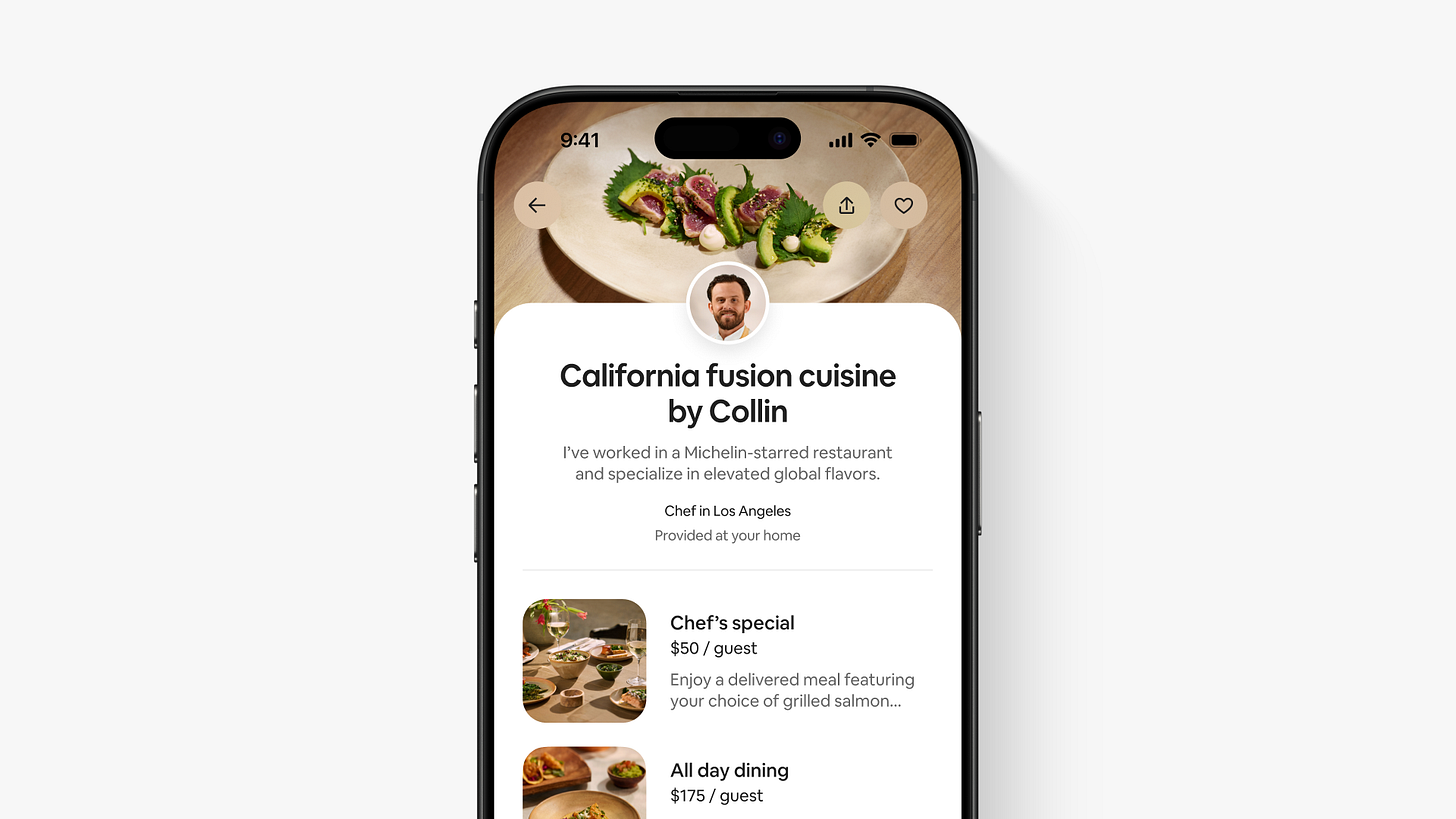
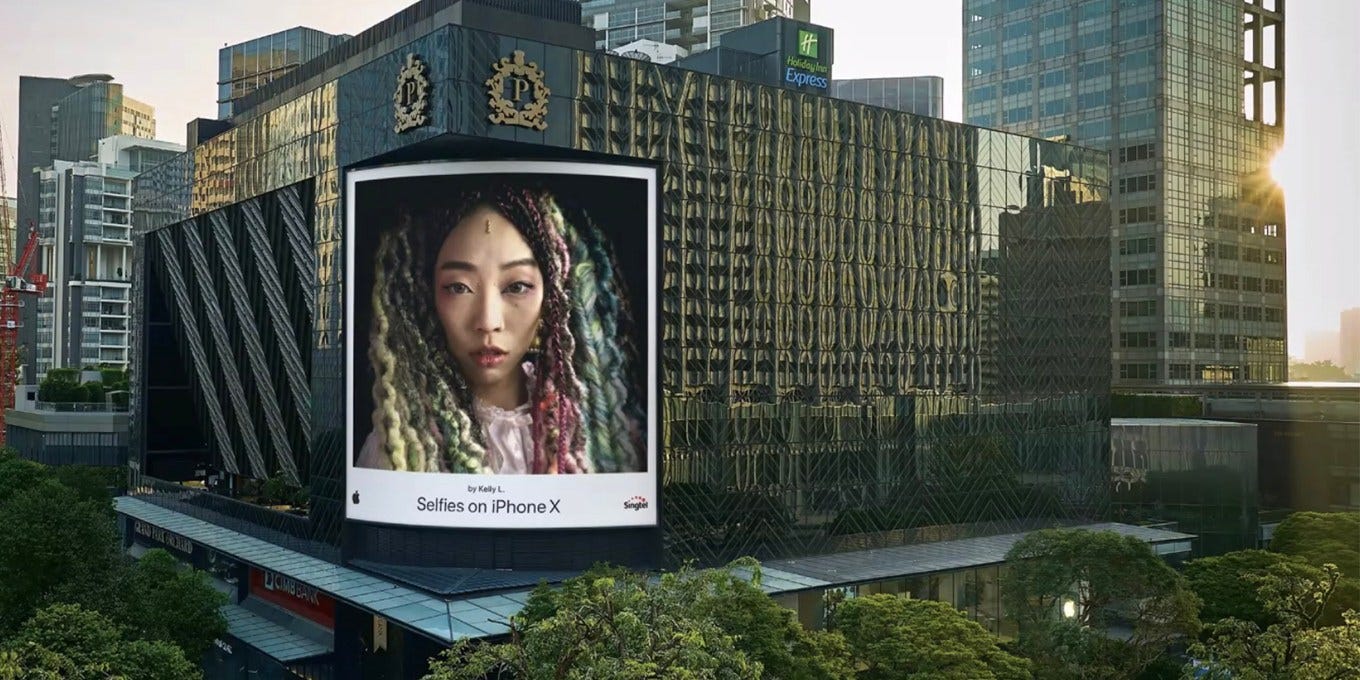
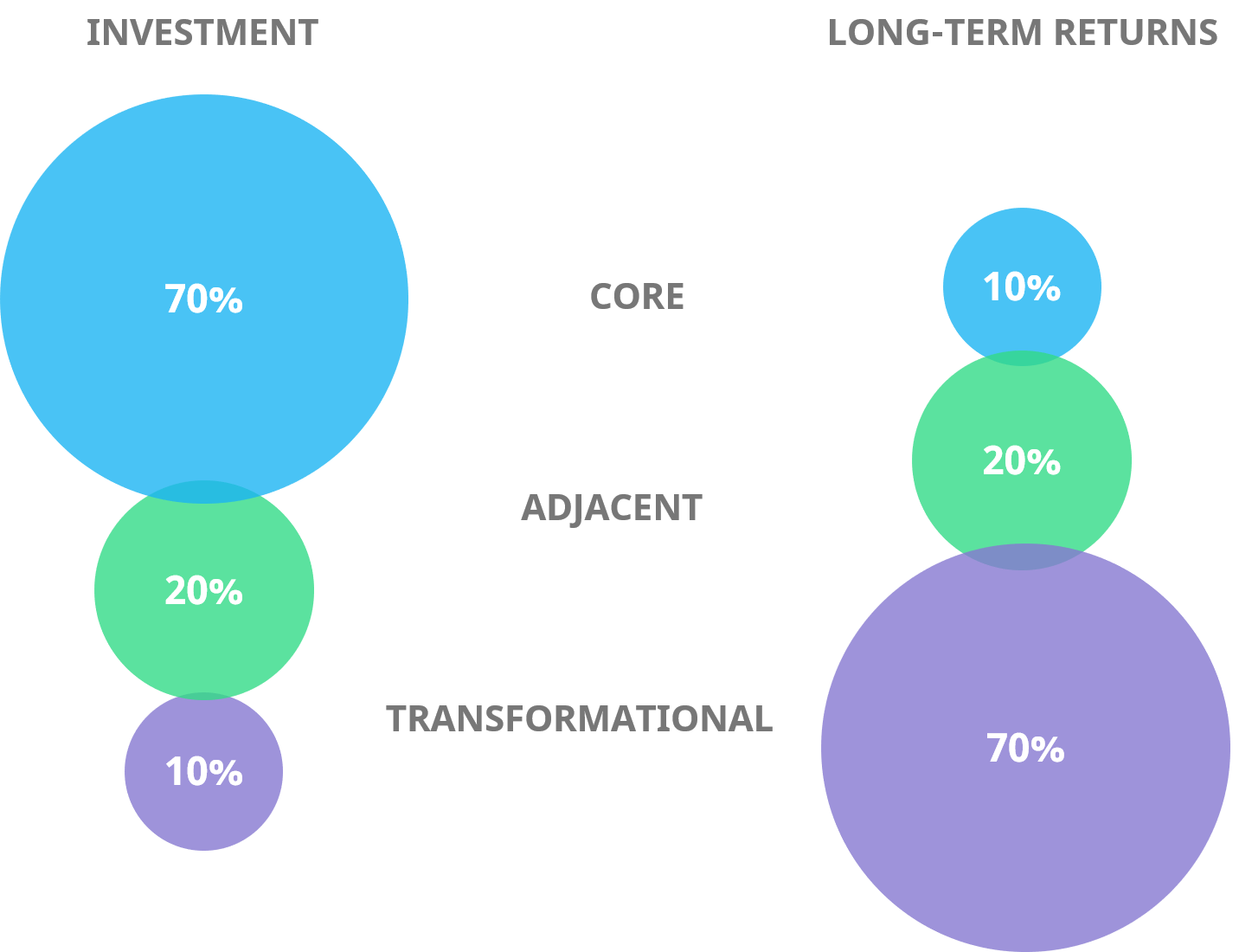
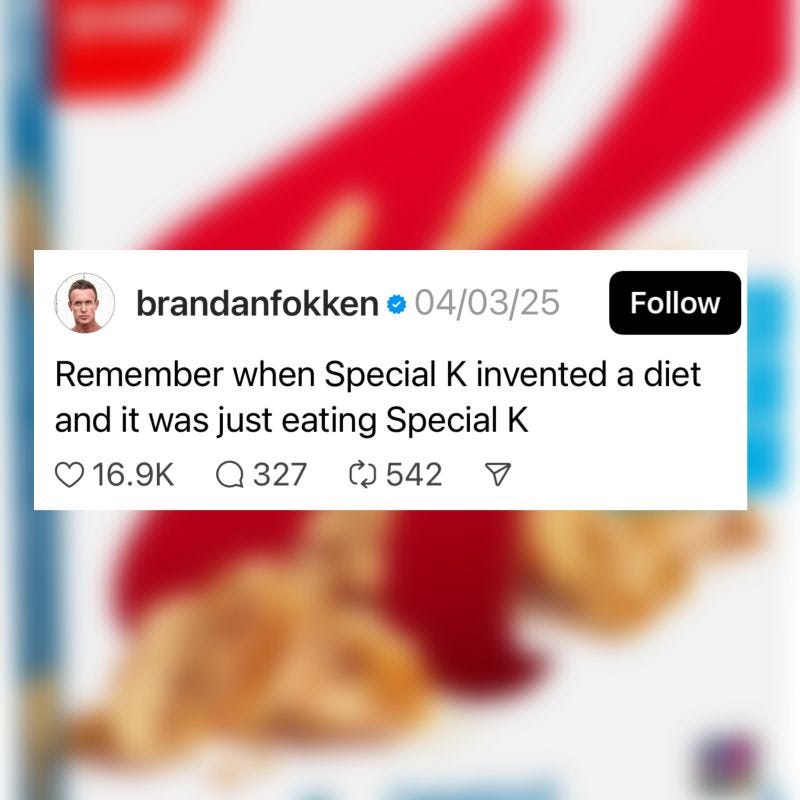


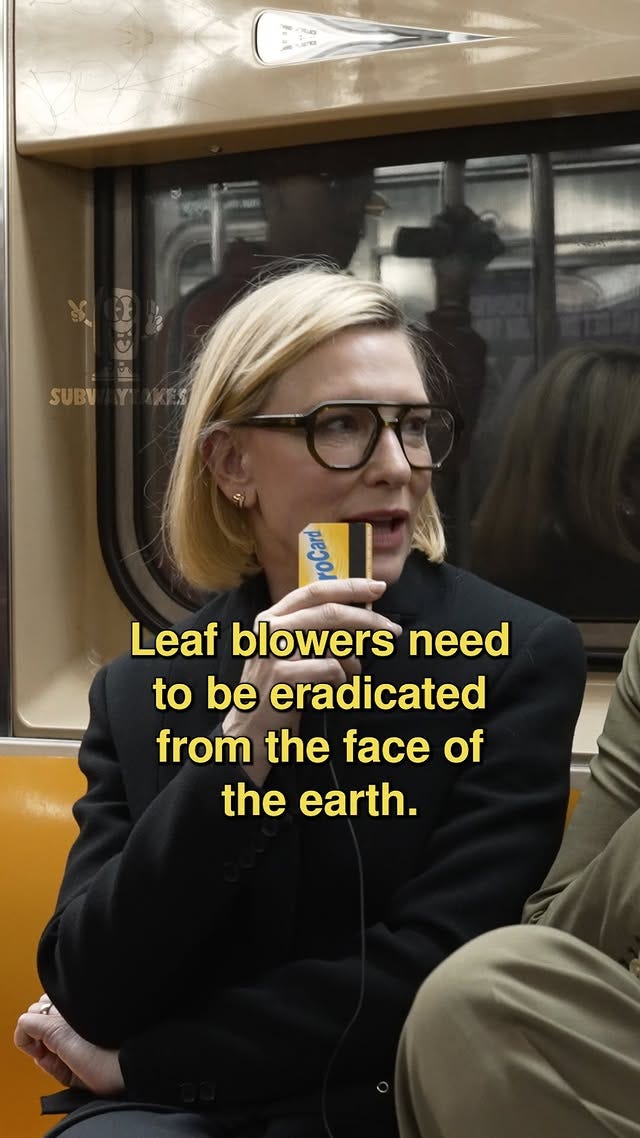
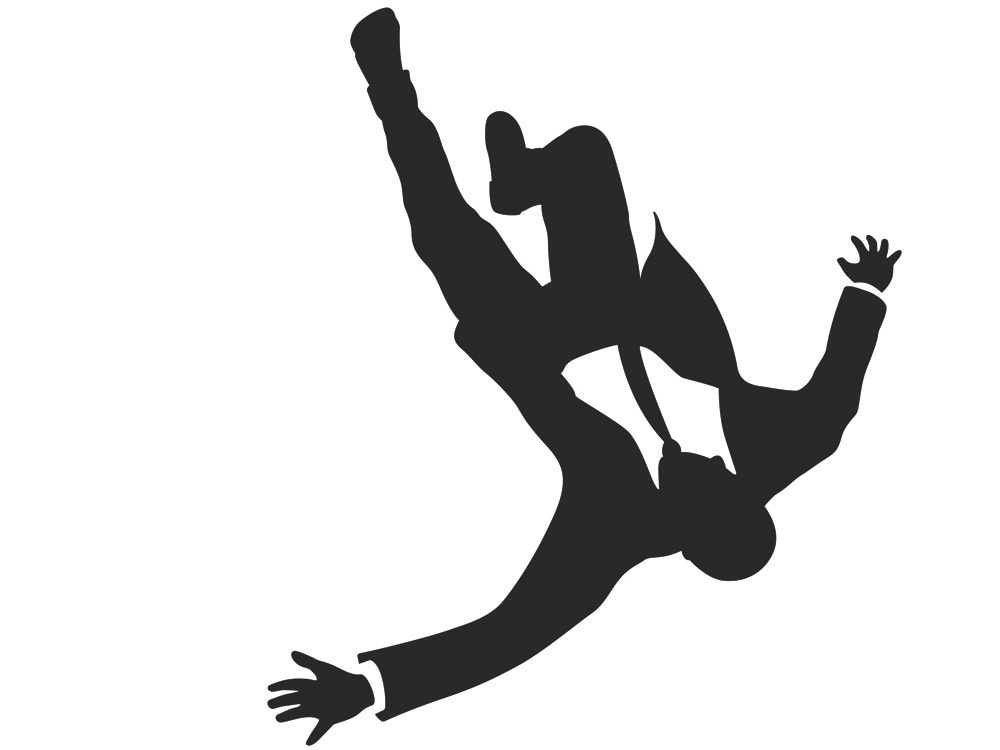
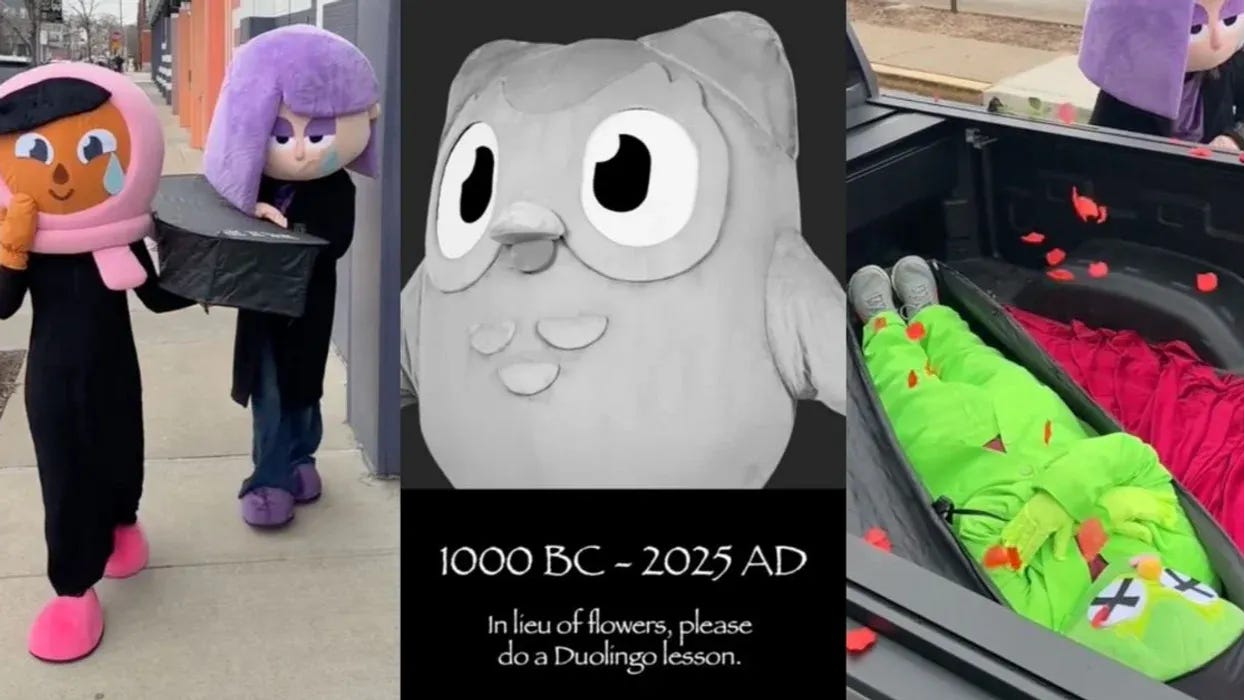

Great read, very insightful! Thanks and keep going!